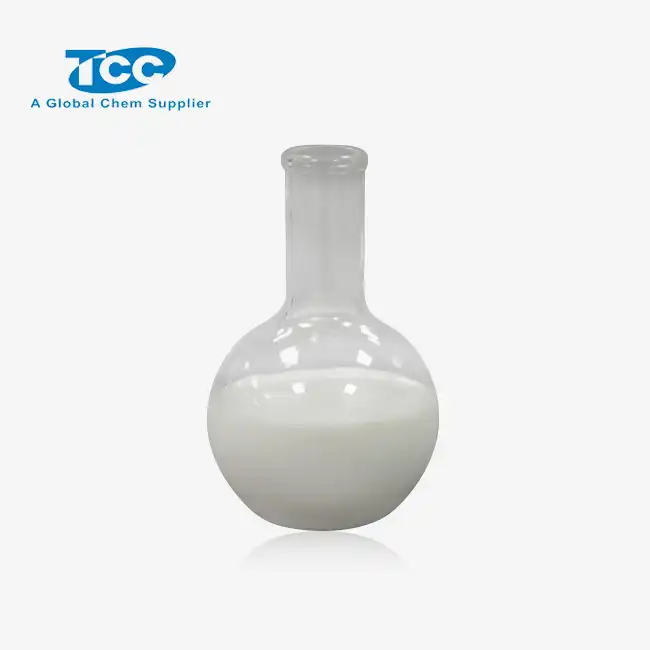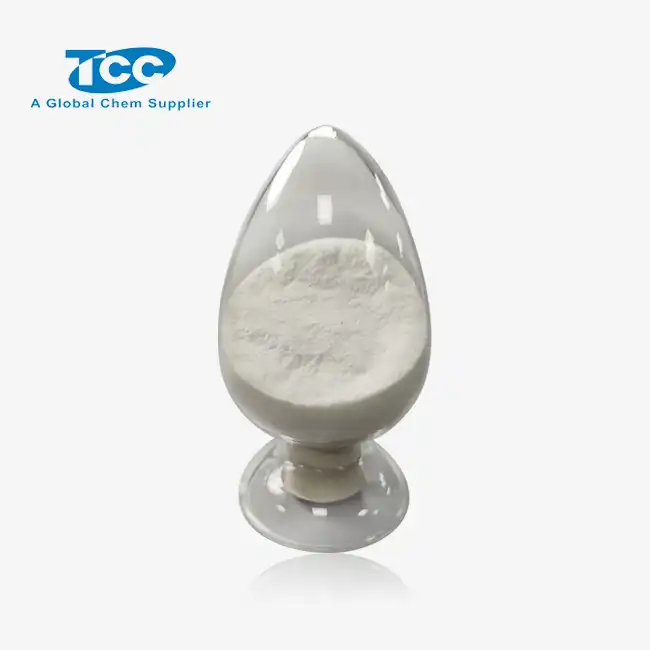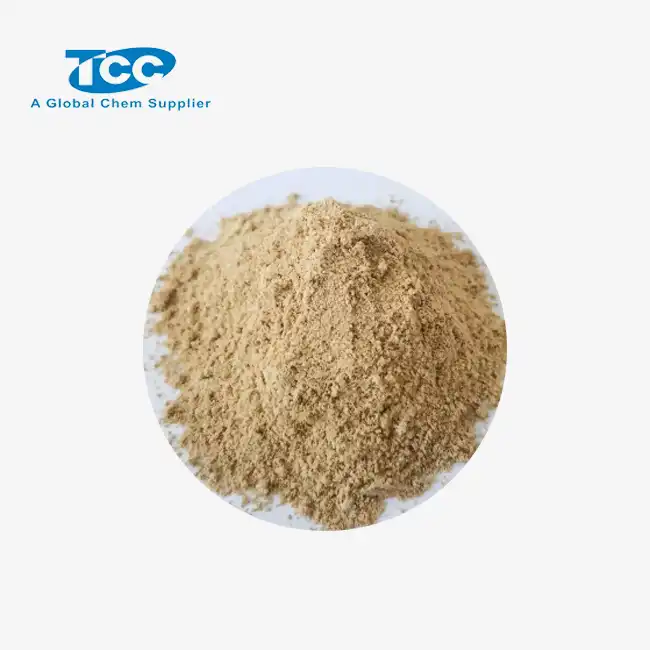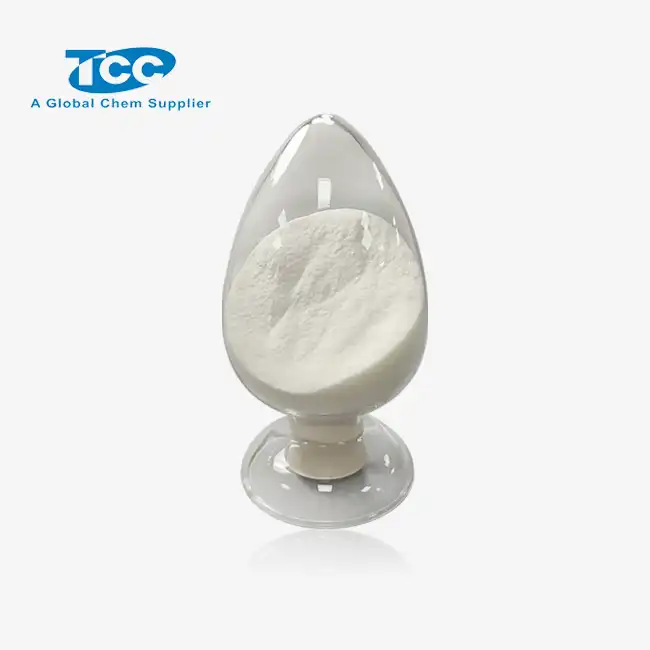- English
- French
- German
- Portuguese
- Spanish
- Russian
- Japanese
- Korean
- Arabic
- Greek
- German
- Turkish
- Italian
- Danish
- Romanian
- Indonesian
- Czech
- Afrikaans
- Swedish
- Polish
- Basque
- Catalan
- Esperanto
- Hindi
- Lao
- Albanian
- Amharic
- Armenian
- Azerbaijani
- Belarusian
- Bengali
- Bosnian
- Bulgarian
- Cebuano
- Chichewa
- Corsican
- Croatian
- Dutch
- Estonian
- Filipino
- Finnish
- Frisian
- Galician
- Georgian
- Gujarati
- Haitian
- Hausa
- Hawaiian
- Hebrew
- Hmong
- Hungarian
- Icelandic
- Igbo
- Javanese
- Kannada
- Kazakh
- Khmer
- Kurdish
- Kyrgyz
- Latin
- Latvian
- Lithuanian
- Luxembou..
- Macedonian
- Malagasy
- Malay
- Malayalam
- Maltese
- Maori
- Marathi
- Mongolian
- Burmese
- Nepali
- Norwegian
- Pashto
- Persian
- Punjabi
- Serbian
- Sesotho
- Sinhala
- Slovak
- Slovenian
- Somali
- Samoan
- Scots Gaelic
- Shona
- Sindhi
- Sundanese
- Swahili
- Tajik
- Tamil
- Telugu
- Thai
- Ukrainian
- Urdu
- Uzbek
- Vietnamese
- Welsh
- Xhosa
- Yiddish
- Yoruba
- Zulu
Can Carboxymethyl Cellulose Powder be Used in Adhesives and Sealants?
Carboxymethyl cellulose (CMC) powder is a versatile derivative of cellulose that has found applications across numerous industries due to its unique properties. As manufacturers and formulators continue to seek sustainable and effective ingredients for adhesive and sealant formulations, CMC powder has emerged as a valuable component. This blog explores the role of carboxymethyl cellulose powder in adhesive and sealant applications, examining its key properties, benefits, and implementation considerations.
What are the key properties of carboxymethyl cellulose powder that make it suitable for adhesives?
Water Retention and Viscosity Control
Carboxymethyl cellulose powder excels at water retention and viscosity modification, making it an exceptional addition to adhesive formulations. When incorporated into water-based adhesives, CMC powder forms a colloidal solution that can dramatically increase viscosity, even at low concentrations. This property enables manufacturers to create adhesives with precise flow characteristics, from thin, spreadable consistencies to thick pastes that resist sagging. The water retention capability of carboxymethyl cellulose powder is particularly valuable in adhesive applications where controlled drying time is essential. By maintaining optimal moisture levels within the adhesive matrix, CMC powder prevents premature drying during application while ensuring proper bond formation during the curing phase. This balance contributes significantly to the adhesive's workability and ultimately affects the quality of the final bond.
Binding and Film-Forming Abilities
The molecular structure of carboxymethyl cellulose powder creates excellent binding and film-forming properties that directly translate to superior adhesive performance. When CMC powder is dissolved in water, its polymer chains unfold and interact with surrounding substrates, creating physical entanglements and hydrogen bonding networks. As the adhesive dries, carboxymethyl cellulose powder forms transparent, flexible films with good adhesion to many substrates, particularly cellulosic materials like paper, cardboard, and wood. These films maintain strength while providing some degree of flexibility, preventing cracking under stress. Additionally, carboxymethyl cellulose powder contributes to improved bonding behavior between dissimilar materials, acting as an interface modifier that enhances adhesion between substrates with different surface energies. This versatility makes CMC-enhanced adhesives suitable for a wide range of applications, from paper crafts to woodworking.
Environmental and Safety Advantages
In today's environmentally conscious marketplace, carboxymethyl cellulose powder offers distinct advantages for adhesive manufacturers seeking greener alternatives. Being derived from cellulose, a renewable natural resource, CMC powder has a significantly lower environmental footprint compared to petroleum-based adhesive components. Adhesives containing carboxymethyl cellulose powder are typically water-based, eliminating the need for harmful organic solvents that release volatile organic compounds (VOCs). This makes CMC-based adhesives safer for both manufacturing personnel and end-users, with reduced odor and lower toxicity concerns. Furthermore, products containing carboxymethyl cellulose powder often exhibit good biodegradability characteristics, aligning with sustainable product development goals. As regulations around chemical safety continue to tighten globally, CMC powder presents an attractive option for formulators looking to meet compliance requirements while maintaining product performance.
How does carboxymethyl cellulose powder enhance the performance of sealants?
Rheological Modification and Anti-Sag Properties
Carboxymethyl cellulose powder serves as an exceptional rheological modifier in sealant formulations, providing critical performance characteristics that ensure proper application and functionality. When incorporated into sealants, CMC powder creates a pseudoplastic (shear-thinning) behavior, where viscosity decreases under applied force but returns when the force is removed. This property allows carboxymethyl cellulose powder-enhanced sealants to flow smoothly during application through caulking guns or other dispensing equipment, yet remain in place without sagging once applied. The anti-sag properties contributed by carboxymethyl cellulose powder are particularly valuable in vertical and overhead applications, where gravity would otherwise cause conventional sealants to slump or drip. By carefully adjusting the concentration and grade of CMC powder, manufacturers can fine-tune the rheological profile of their sealants to achieve the optimal balance between workability during application and stability after placement. This precision control over flow behavior represents one of the most significant contributions of carboxymethyl cellulose powder to modern sealant technology.
Moisture Management and Curing Optimization
The hygroscopic nature of carboxymethyl cellulose powder makes it an excellent moisture management agent in sealant formulations, influencing both application properties and long-term performance. During the application phase, CMC powder helps maintain appropriate moisture levels in the sealant, preventing premature surface skinning that could interfere with proper tooling and finishing. As the curing process progresses, carboxymethyl cellulose powder's water-binding capacity helps regulate moisture movement within the sealant matrix, contributing to more controlled and uniform curing throughout the entire cross-section. This is particularly beneficial in deep joints where uneven curing can lead to performance issues. Additionally, carboxymethyl cellulose powder can improve the freeze-thaw stability of water-based sealants by interfering with ice crystal formation during freezing cycles. For sealants exposed to varying environmental conditions during application or service life, this property helps maintain product integrity across a broader temperature range, enhancing reliability in challenging climates.
Adhesion Promotion and Gap Filling
Carboxymethyl cellulose powder significantly enhances the adhesion and gap-filling capabilities of sealants, contributing to more reliable seals across diverse substrates and joint configurations. The numerous hydroxyl and carboxyl groups present in CMC powder create additional bonding sites that can interact with both the sealant matrix and substrate surfaces, strengthening the interfacial bond. This improved adhesion is particularly noticeable on porous substrates like concrete, wood, and masonry, where carboxymethyl cellulose powder helps the sealant penetrate and anchor more effectively. In applications involving irregular gaps or joints, CMC powder increases the body and cohesive strength of the sealant, allowing it to bridge larger voids without sagging or splitting. The dimensional stability provided by carboxymethyl cellulose powder also helps minimize shrinkage during curing, reducing the risk of adhesion failure due to contraction stresses. For construction sealants that must accommodate building movement while maintaining a watertight seal, the combination of enhanced adhesion and flexibility contributed by CMC powder delivers superior long-term performance under dynamic conditions.
What factors should be considered when formulating with carboxymethyl cellulose powder in adhesives and sealants?
Viscosity Grade Selection and Compatibility
Selecting the appropriate viscosity grade of carboxymethyl cellulose powder is crucial when formulating adhesives and sealants, as this choice significantly impacts the final product's performance characteristics. CMC powder is available in a range of viscosity grades, typically measured in centipoise (cP) for a 1% solution, ranging from as low as 10 cP to over 8,000 cP. Lower viscosity grades of carboxymethyl cellulose powder dissolve more readily and produce thinner solutions, making them suitable for sprayable adhesives or flowable sealants. Conversely, higher viscosity grades create thicker, more structured systems ideal for non-sag applications or heavy-bodied adhesives. When incorporating CMC powder into formulations, compatibility with other ingredients must be carefully evaluated. Carboxymethyl cellulose powder is generally incompatible with strongly acidic systems (pH < 4) and may precipitate in the presence of high concentrations of certain multivalent cations like calcium or aluminum. Additionally, the degree of substitution (DS) of carboxymethyl cellulose powder affects its solubility profile and compatibility with organic co-solvents that may be present in the formulation. Conducting thorough compatibility testing with all system components ensures optimal performance and stability of the final adhesive or sealant product.
Processing Considerations and Dispersion Techniques
Achieving proper dispersion of carboxymethyl cellulose powder in adhesive and sealant formulations requires attention to specific processing techniques that address its hydration characteristics. CMC powder tends to form lumps when added directly to water due to its rapid surface hydration, which can create a gel barrier preventing water from reaching the interior particles. To overcome this challenge, manufacturers typically employ specialized dispersion methods when working with carboxymethyl cellulose powder. One effective approach involves pre-blending CMC powder with other dry ingredients or water-miscible solvents before introducing water. Alternative methods include using high-shear mixers, creating a vortex in the water before adding the carboxymethyl cellulose powder, or utilizing commercial dispersing agents specifically designed to aid CMC hydration. Temperature also plays a critical role in processing; while carboxymethyl cellulose powder dissolves faster in warm water (40-60°C), excessively high temperatures can degrade the polymer and reduce its effectiveness. Manufacturing equipment should be designed with appropriate mixing capabilities to ensure homogeneous distribution of CMC powder throughout the formulation. For large-scale production, specialized powder addition systems that gradually incorporate carboxymethyl cellulose powder under controlled conditions can significantly improve processing efficiency and product consistency.
Storage Stability and Shelf Life Optimization
The storage stability and shelf life of adhesives and sealants containing carboxymethyl cellulose powder require careful consideration to maintain product performance over time. CMC powder can be susceptible to enzymatic degradation by cellulase-producing microorganisms, potentially leading to viscosity loss in water-based formulations during storage. Adding appropriate preservatives to formulations containing carboxymethyl cellulose powder is essential to prevent microbial growth and maintain product integrity. Additionally, CMC-containing adhesives and sealants may experience viscosity changes during storage due to continued hydration or thixotropic recovery. Formulators should conduct accelerated aging studies to predict these changes and adjust initial viscosity targets accordingly. The pH stability of carboxymethyl cellulose powder is another important factor, as significant deviations from neutral pH (particularly towards acidic conditions) can cause hydrolysis of the polymer chain, reducing functionality over time. Products containing CMC powder typically perform best when stored at moderate temperatures between 10-30°C, as extreme temperatures can affect solution stability and accelerate degradation processes. Proper packaging that prevents moisture ingress or loss is also crucial for maintaining the intended performance of adhesives and sealants formulated with carboxymethyl cellulose powder, especially for water-based systems where water content directly affects application properties.
Conclusion
Carboxymethyl cellulose powder has proven to be a valuable ingredient in adhesive and sealant formulations due to its exceptional rheological properties, binding capabilities, and environmental advantages. From enhancing viscosity control and adhesion to improving moisture management and gap-filling performance, CMC powder offers formulators a versatile tool to meet diverse application requirements. By carefully considering viscosity grade selection, processing techniques, and stability factors, manufacturers can successfully leverage carboxymethyl cellulose powder to develop high-performance adhesives and sealants for various industries.
Xi'an Taicheng Chemical Co., Ltd. has been delivering high-performance oilfield chemicals since 2012. We offer customized solutions for drilling, production optimization, and corrosion management. Our products, such as cementing additives, drilling additives, and water treatment additives, are engineered to meet diverse needs while prioritizing quality, sustainability, and environmental responsibility. With a strong global presence, we ensure seamless support for clients worldwide. Contact us at sales@tcc-ofc.com for more information.
References
1. Zhang, L., & Chen, D. (2023). Advanced applications of cellulose derivatives in construction adhesives and sealants. Journal of Applied Polymer Science, 140(5), 52876-52891.
2. Petersen, K., Jørgensen, M., & Nielsen, T. (2022). Carboxymethyl cellulose as a rheology modifier in environmentally friendly sealant formulations. Progress in Organic Coatings, 163, 106637.
3. Wang, Y., Liu, X., & Zhang, H. (2023). Sustainable adhesives based on cellulose derivatives: Performance evaluation and industrial applications. International Journal of Adhesion and Adhesives, 118, 103224.
4. Gómez-Aldapa, C.A., Velazquez, G., & Castro-Rosas, J. (2022). Rheological and physical properties of adhesives containing different grades of carboxymethyl cellulose. Carbohydrate Polymers, 278, 118974.
5. Kamel, S., Ali, N., & Jahangir, K. (2021). Pharmaceutical and industrial applications of carboxymethyl cellulose. Express Polymer Letters, 15(9), 856-876.
6. Brown, R., & Thompson, P. (2022). Water-based sealants incorporating natural polymers: Performance and sustainability aspects. Journal of Building Engineering, 52, 104379.
Learn about our latest products and discounts through SMS or email



